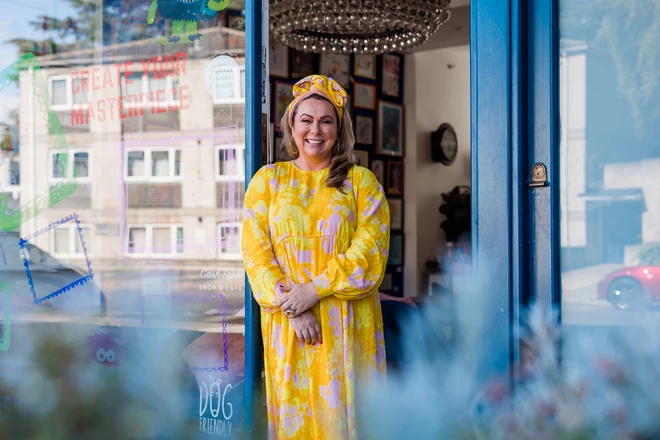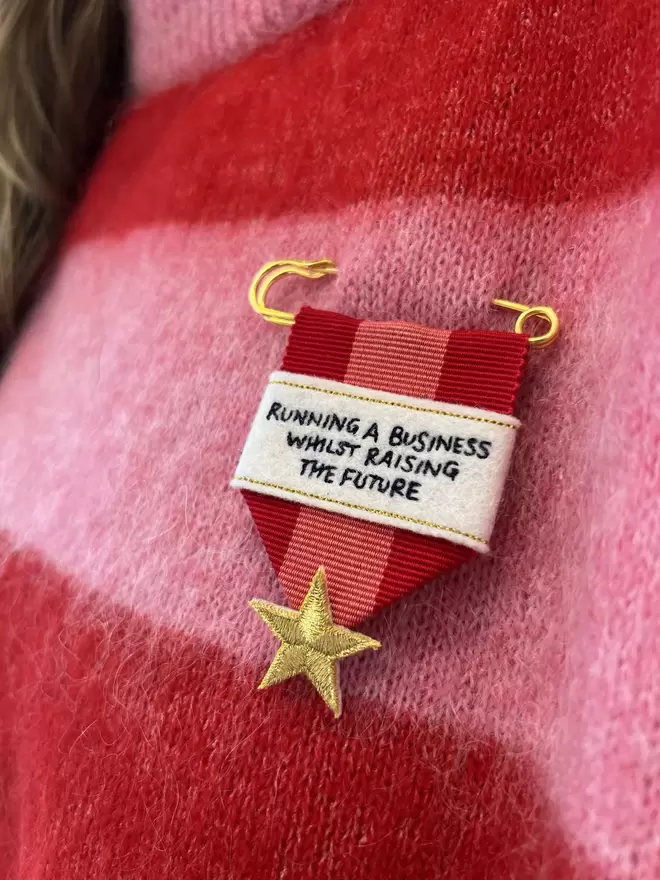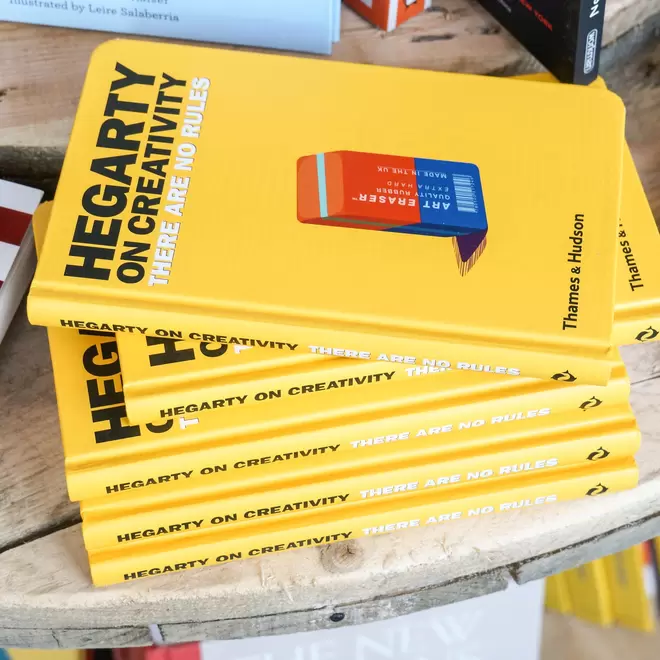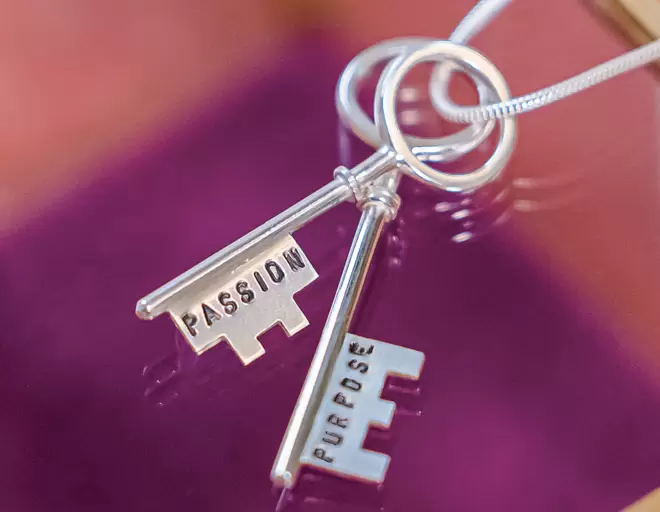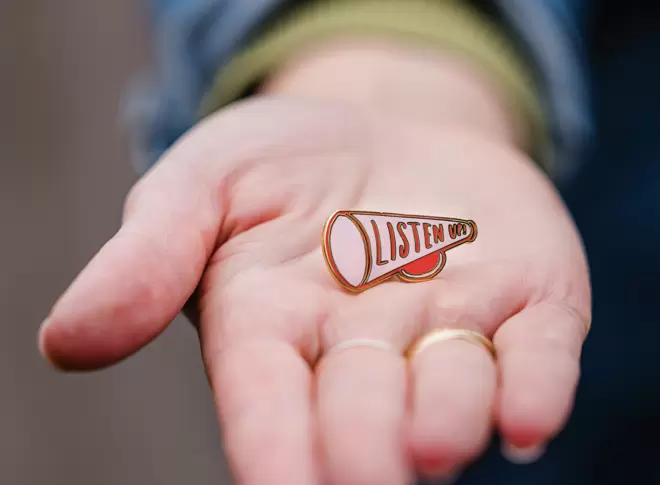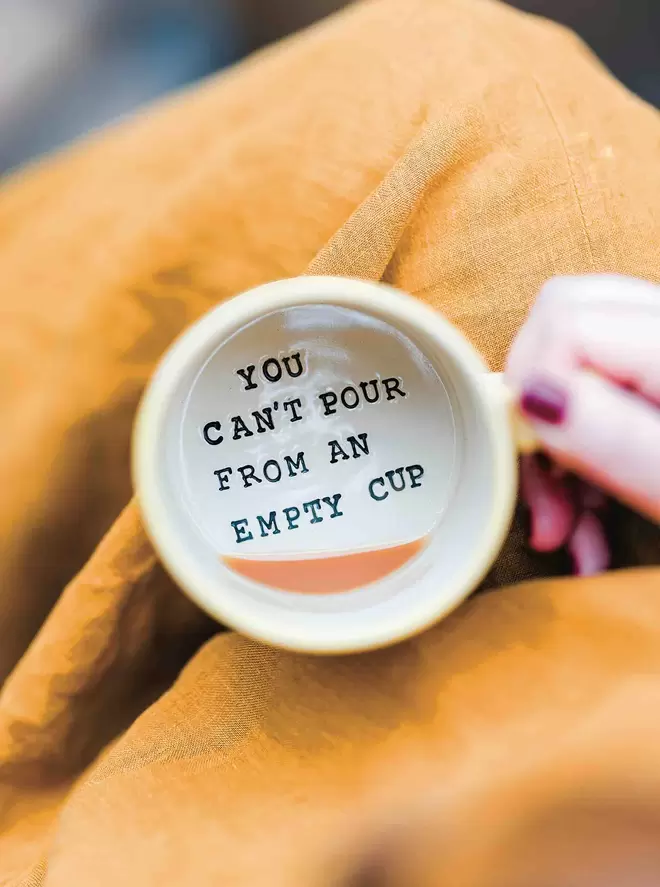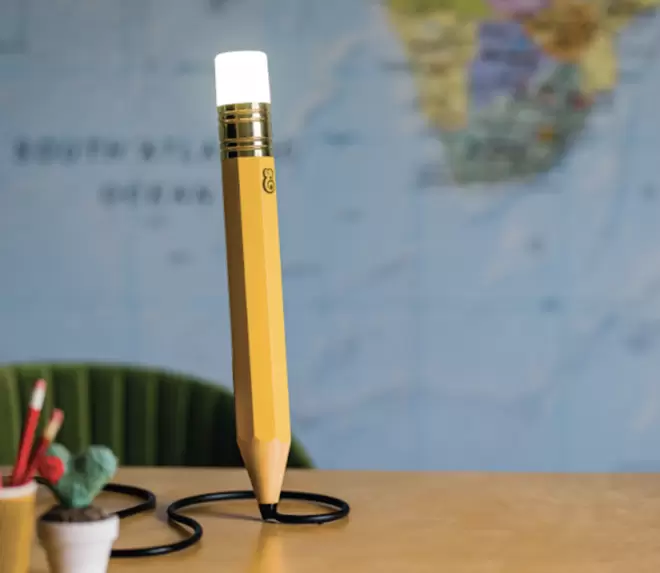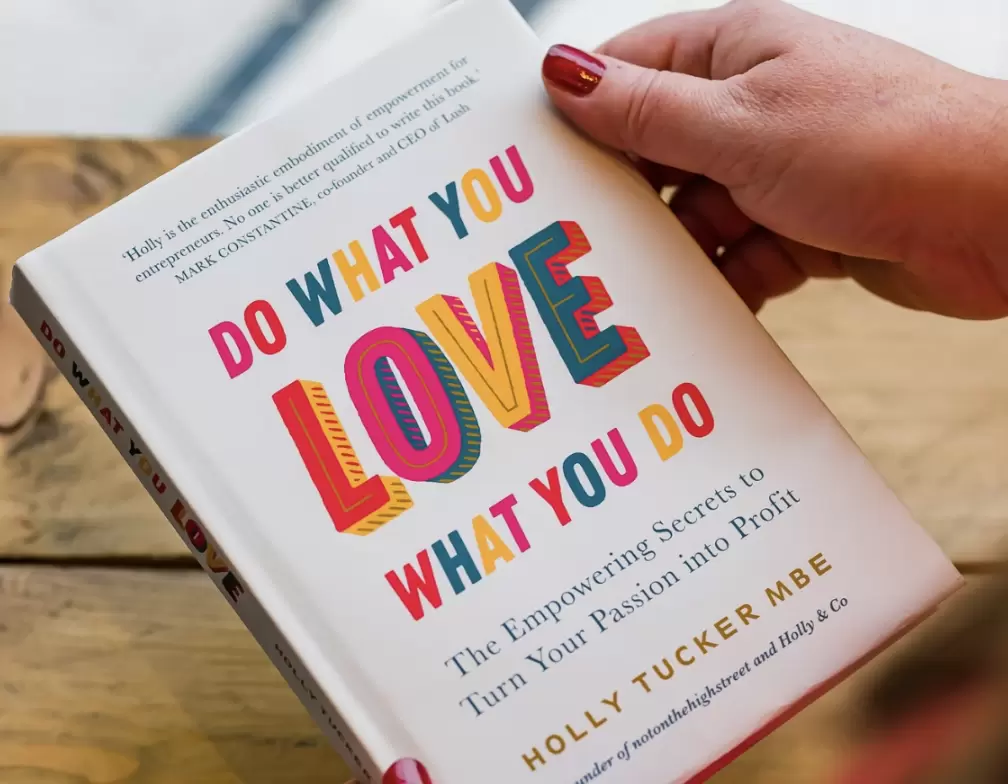
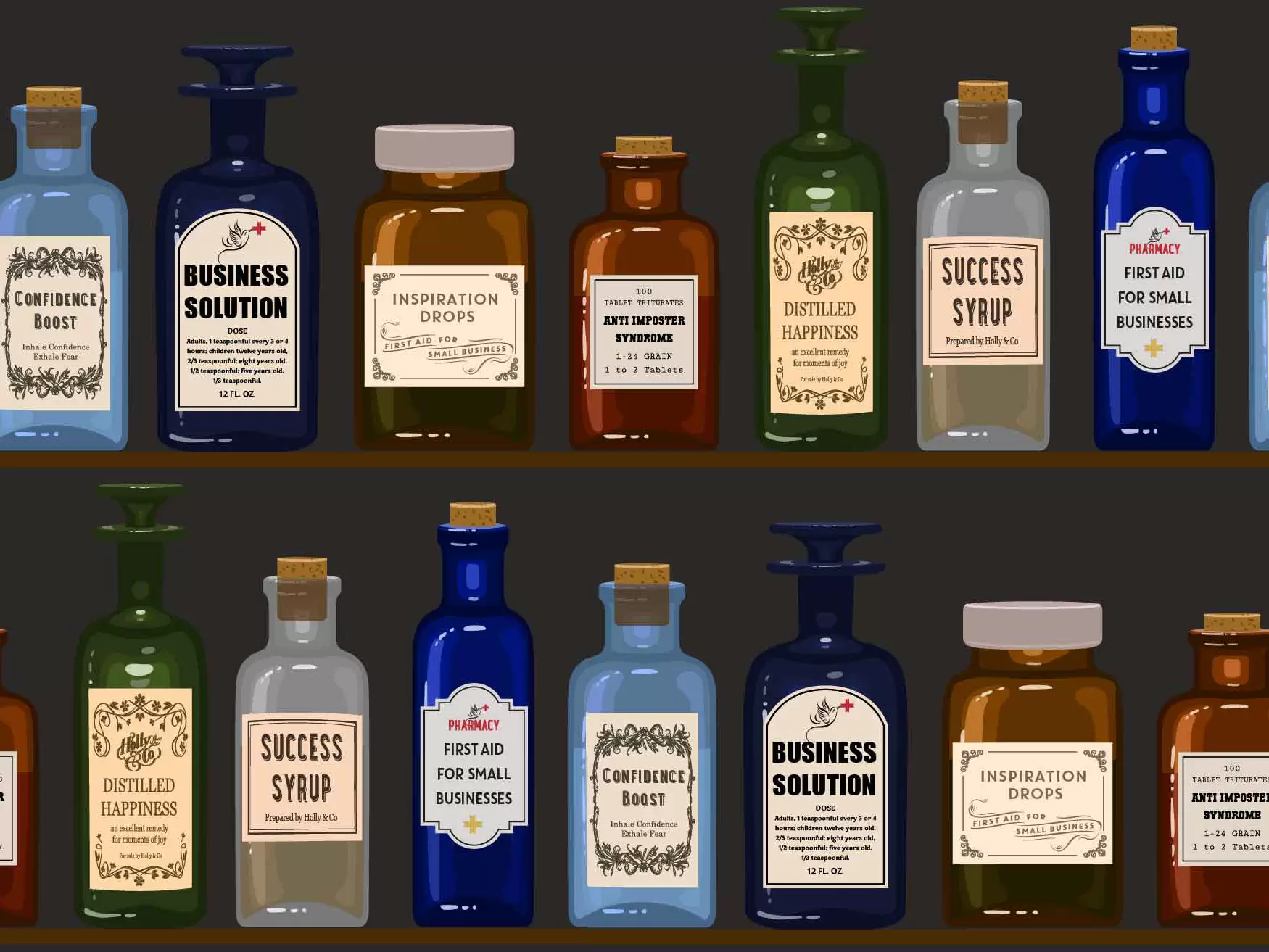
Holly’s Business Pharmacy
Whether you have always wanted to start a business (but don’t know how), are feeling some entrepreneurial growing pains or are struggling with founder-itis, Holly will prescribe small business advice to help you flourish. The medicine cabinet below is full of helpful articles, written in plain English, to boost your confidence (and sales). For an injection of hard won business wisdom, read on.
Our latest business advice

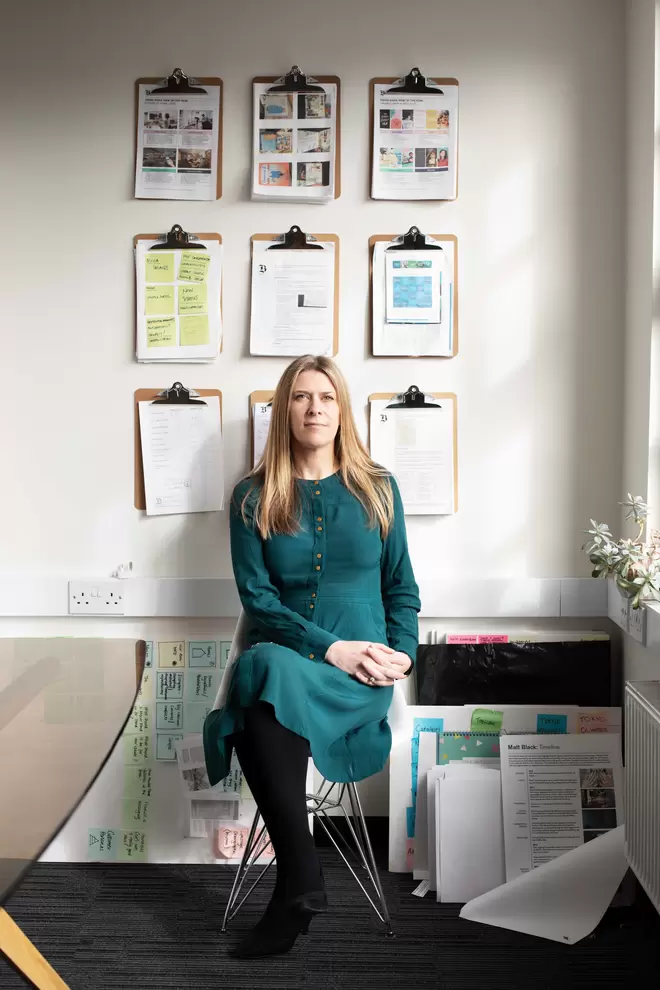
Brands of the future and anticipating future trends
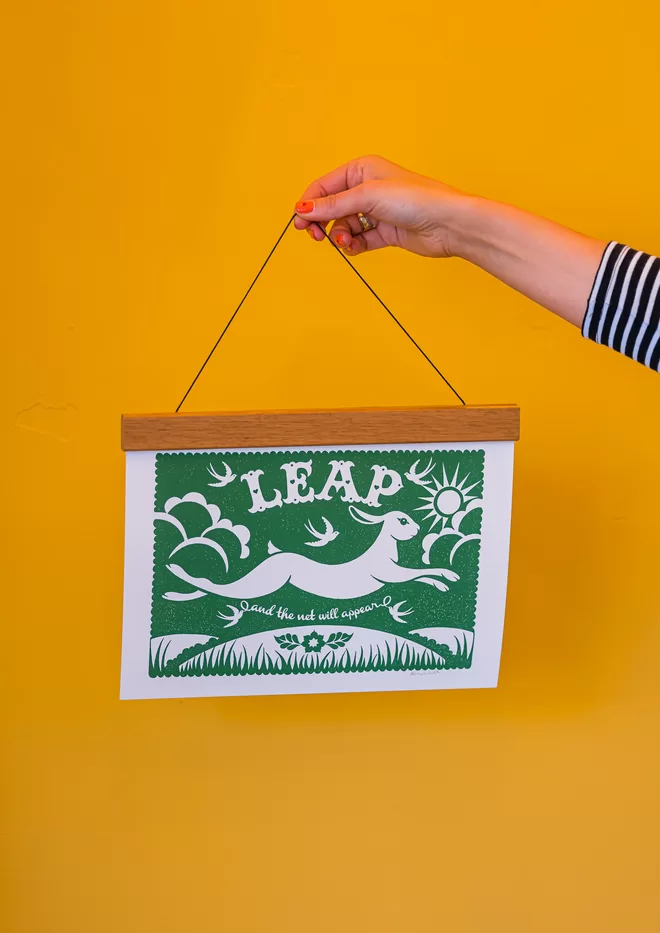
How to get over the fear of starting your own business
How are you feeling?
search articles by emotion

Feeling lonely?
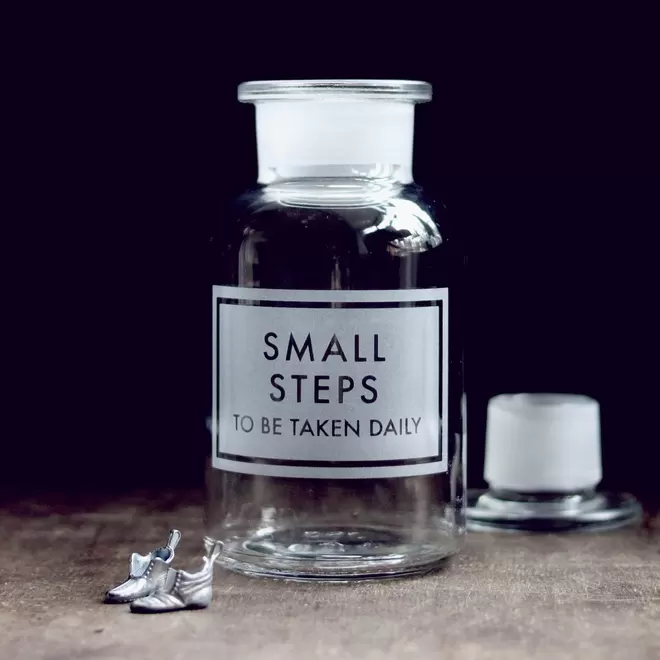
Feeling overwhelmed?
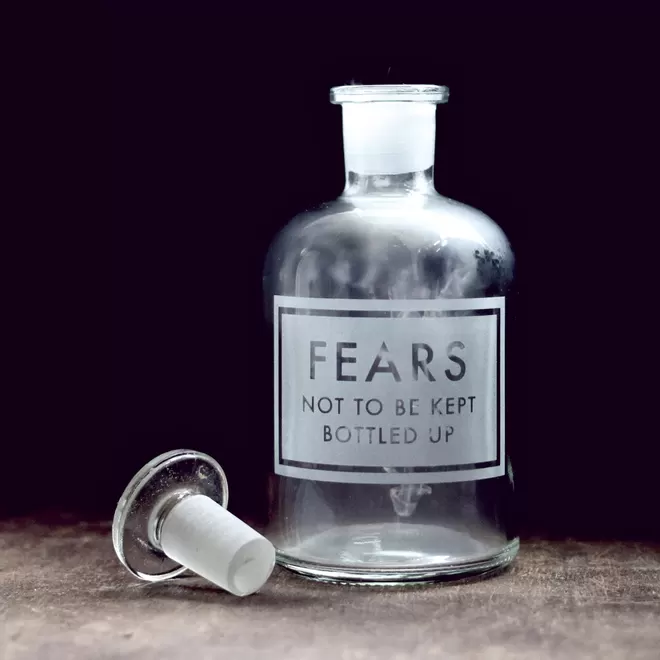
Feeling scared?

Feeling uninspired?
This book? It’s the best gift for anyone starting a business
Ok we’re slightly biassed but imagine if a Small Business Fairy Godmother (Holly!) fluttered down, took your hand, did away with boring business plans and just showed you, in a friendly way, exactly how to start a business. That’s what this book is: colourful, inspiring and ready to change lives.
Expert business support in the UK (jargon-free)
SMALL BUSINESS ADVICE AND ENTREPRENEURIAL TIPS
Business advice in the UK is easy enough to Google. But for free small business advice straight from leading founders and entrepreneurs who have been there and done it, come to Holly & Co. Holly Tucker MBE has been championing small businesses for decades and her book 'Do what you love, love what you do' was a Sunday Times bestseller. So from marketing and branding insights to business planning or confidence boosting, know that you’ve got a cheerleader in us.



